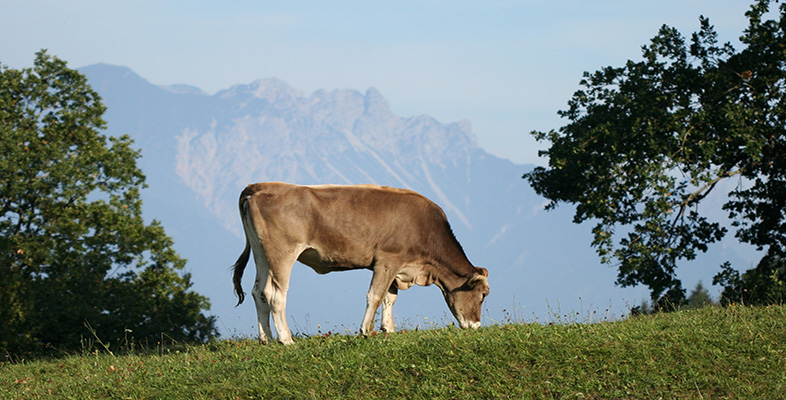Studying mammals: Plant predators
Introduction
The plant predators, or herbivores, are a varied group, but they share certain characteristics. Many of them are large; among the smallest is the chevrotain (or mouse-deer) at about two kilograms weight, and the elephant is the largest, with a typical bull male weighing around six tonnes. In this course we'll be looking in more detail at some of the problems and consequences of adopting a plant-eating way of life. Leaves are a much less nutritious food than most kinds of animal material, so large herbivores have to eat large quantities of plants and they have special ways to digest their food. We will look at how leaves work and the ways in which herbivores are adapted to survive on their plant-based diets.
To get the most out of this course you will need access to a copy of The Life of Mammals (2002) by David Attenborough, BBC Books (ISBN 0563534230), and The Life of Mammals (2002) on DVD, which contains the associated series of ten BBC TV programmes. You should begin each course by watching the relevant TV programme on the DVD and reading the corresponding chapter in The Life of Mammals. You will be asked to rewatch specific sequences from the programme as you work through the course.
This OpenLearn course provides a sample of level 1 study in Environment & Development [Tip: hold Ctrl and click a link to open it in a new tab. (Hide tip)]
